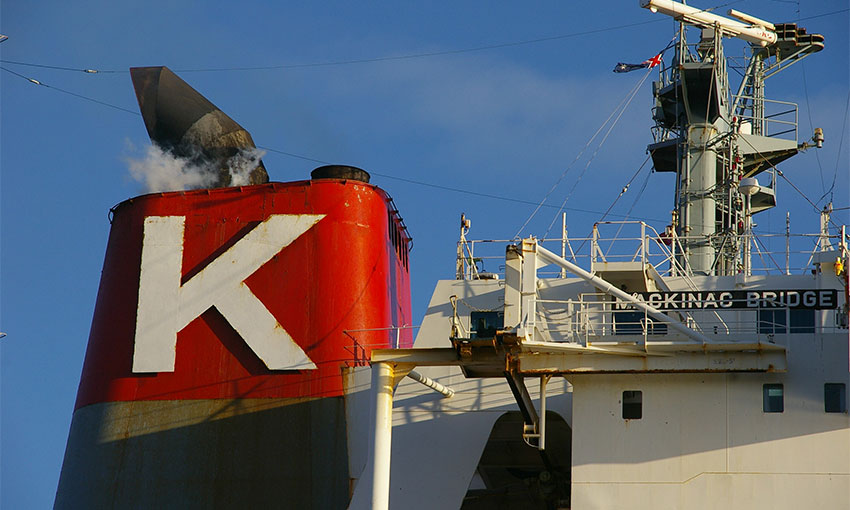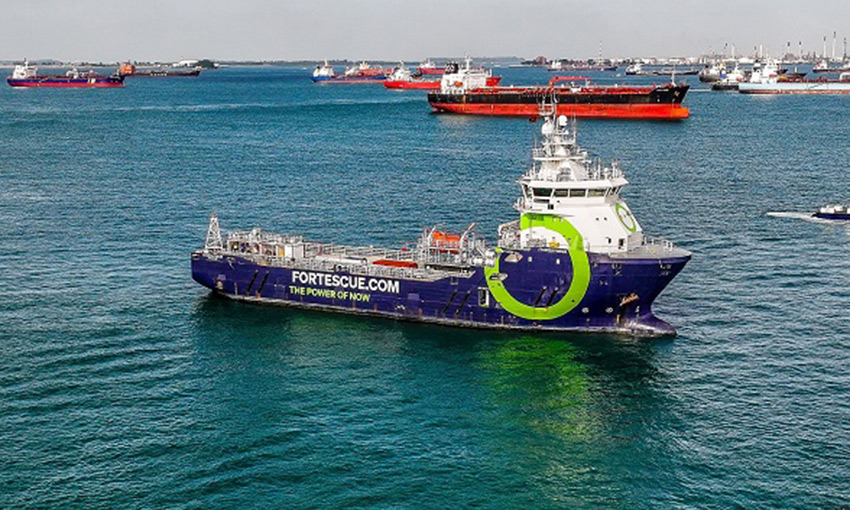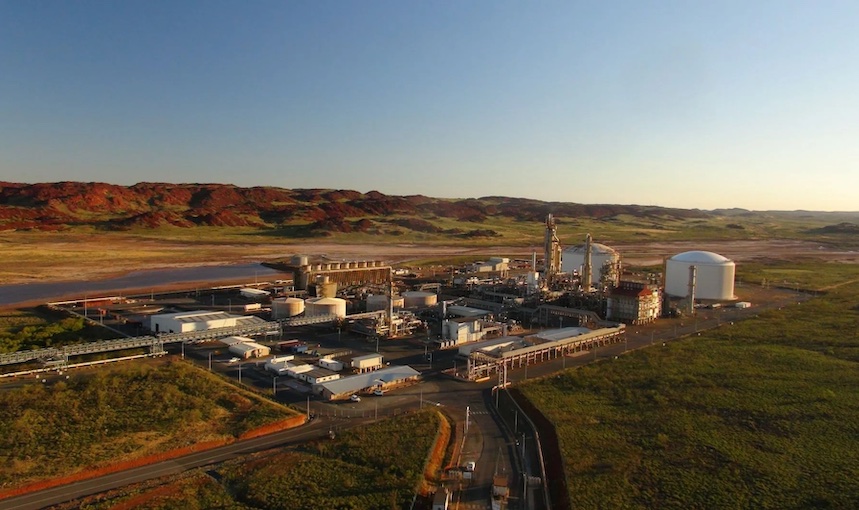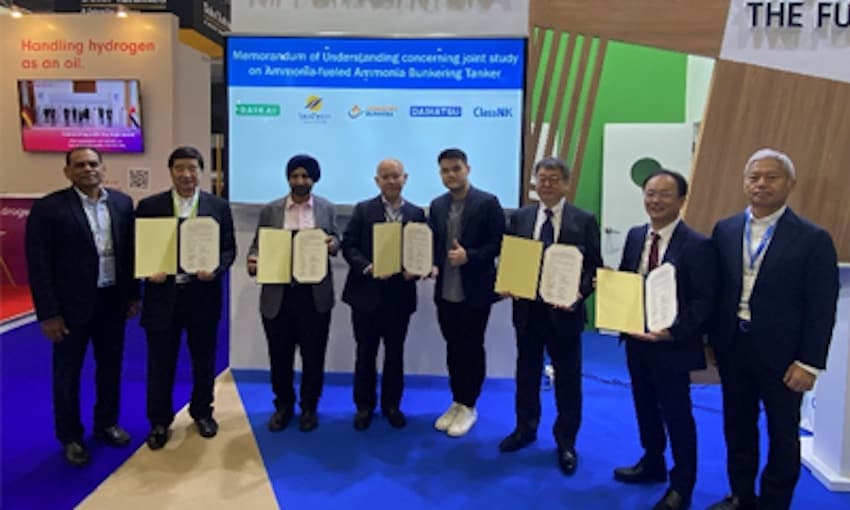A CONSORTIUM of companies including NYK Line has received an approval in principle for a gas carrier designed to transport and run on ammonia.
The consortium comprises NYK, Japan Engine Corporation, IHI Power Systems and Nihon Shipyard.
The companies have been conducting research and risk assessments to ensure the ammonia-fuelled ammonia gas carrier (AFAGC) has the same safety features as vessels using existing fuel oil or LNG fuel, as there are currently no international regulations for the use of ammonia as marine fuel.
Japanese ship classification society ClassNK granted the consortium an approval in principle following a safety assessment focusing on how the project would impact human life, property, safety and the environment.
“With the goal of early social implementation of next-generation fuel vessels, the consortium [is] developing a two-stroke ammonia-fuelled engine for vessel propulsion, a four-stroke ammonia-fuelled engine for onboard power supply, and a safe and environmentally friendly hull,” ClassNK said.
“The consortium is working together to study the feasibility of construction and commercial operation of the prototype vessel in an integrated manner.”
ClassNK noted ammonia is expected to be used a ship fuel as the industry works to decarbonise, as the fuel does not emit carbon dioxide when combusted.
“Meanwhile, adequate safety measures are imperative as it has been pointed out that ammonia is toxic to humans and corrosive to materials,” the classification society said.
“ClassNK has been involved in projects aiming for zero-emission ships using ammonia fuel in terms of safety assessment and has issued its Guidelines for Ships Using Alternative Fuels as a necessary standard to minimise the risks related to ammonia-fuelled ships for the ships, crews, and environment by stipulating requirements for installation, controls, and safety devices.”
According to NYK, the consortium factored in several issues around the use of ammonia and stressed the importance of a design that prevents leakage of toxic ammonia and adequate safety measures in the event of leakage.
“Safety measures based on risk assessments are necessary to ensure the same level of safety as conventional vessels,” the company said.
“The consortium [has] established the development hull design for this project to be an MGC (medium gas carrier, ammonia loading capacity: approximately 38,000 cubic meters or more), which is currently common size for marine transportation of ammonia.”
It is understood the consortium also developed and selected main and auxiliary engines and onboard equipment and secured an ammonia-loading capacity equivalent to or more than that of conventional vessels.
“The consortium [has] completed the concept design of a prototype vessel that can cope with the above issues through the safe and practical installation of ammonia-fuel-related equipment in the limited space available in the vessel,” NYK said.
“The equipment layout has been devised, and the consortium will work on further design optimisation.”
NYK said the consortium hopes to deliver the ship in 2026.
ClassNK said it plans to support the project by applying the alternative design scheme of the SOLAS convention to obtain approval from the flag administration.





